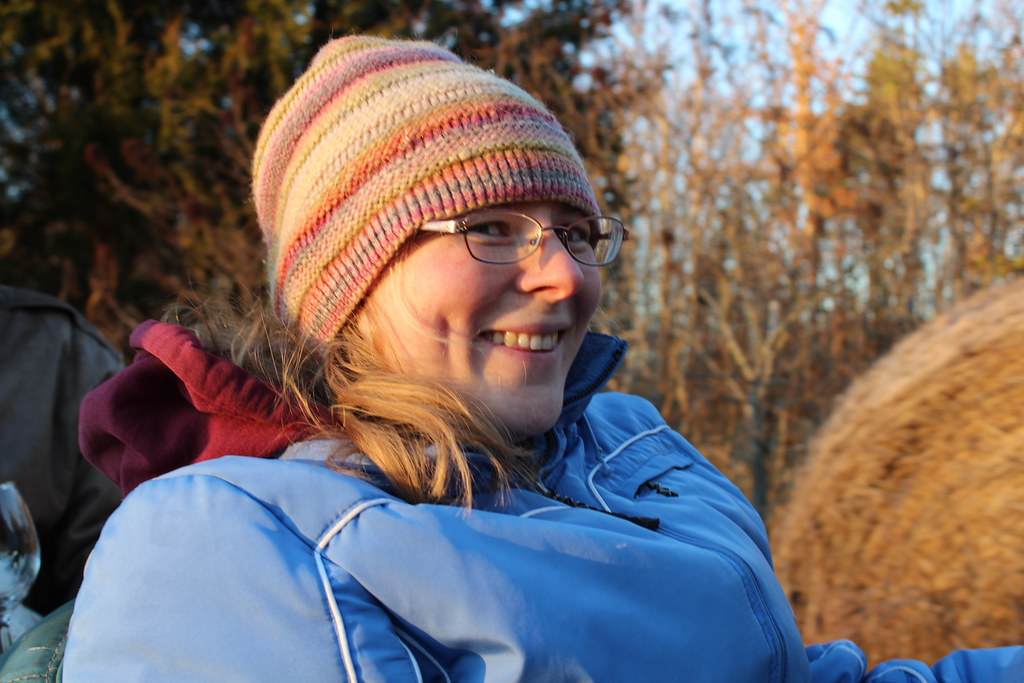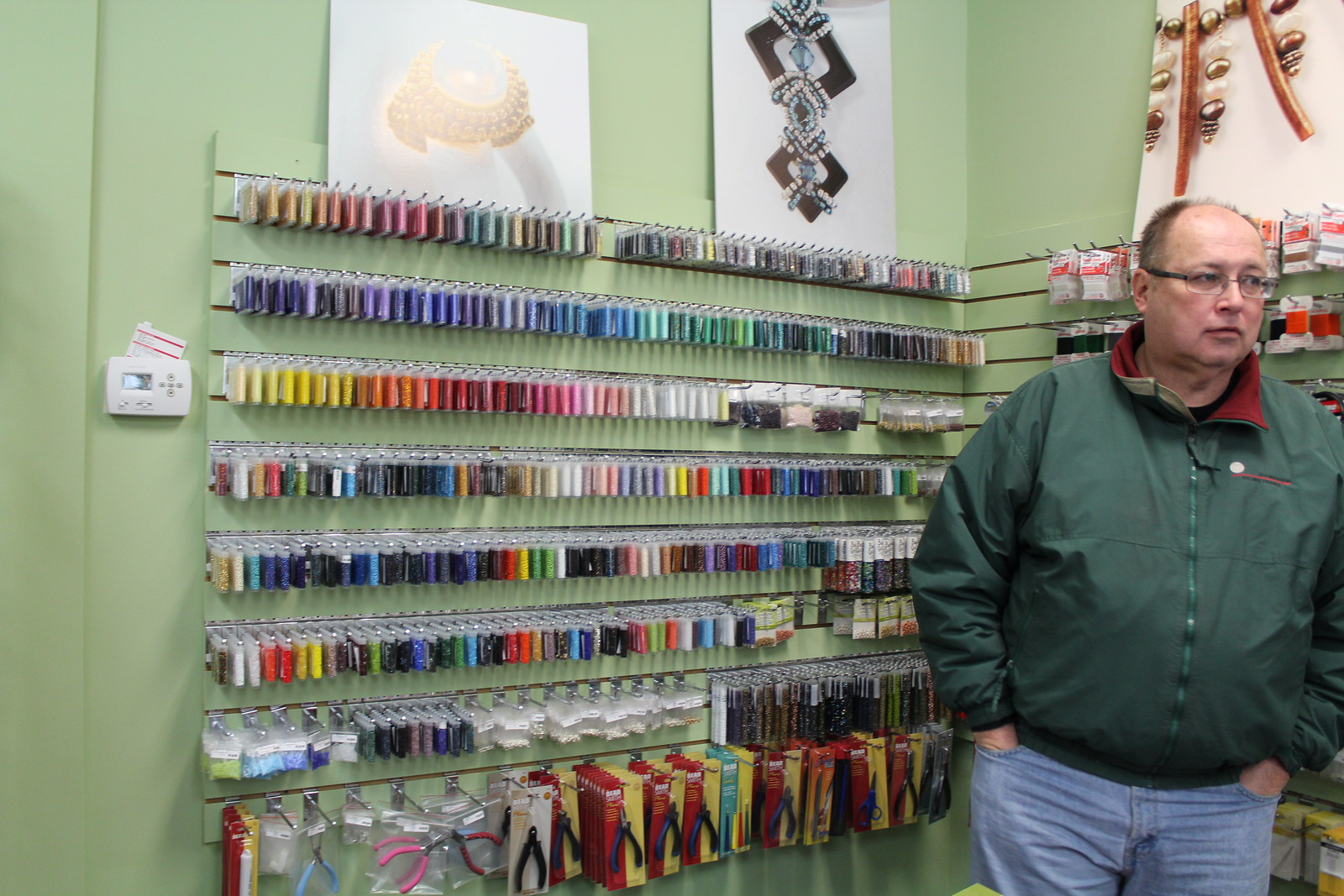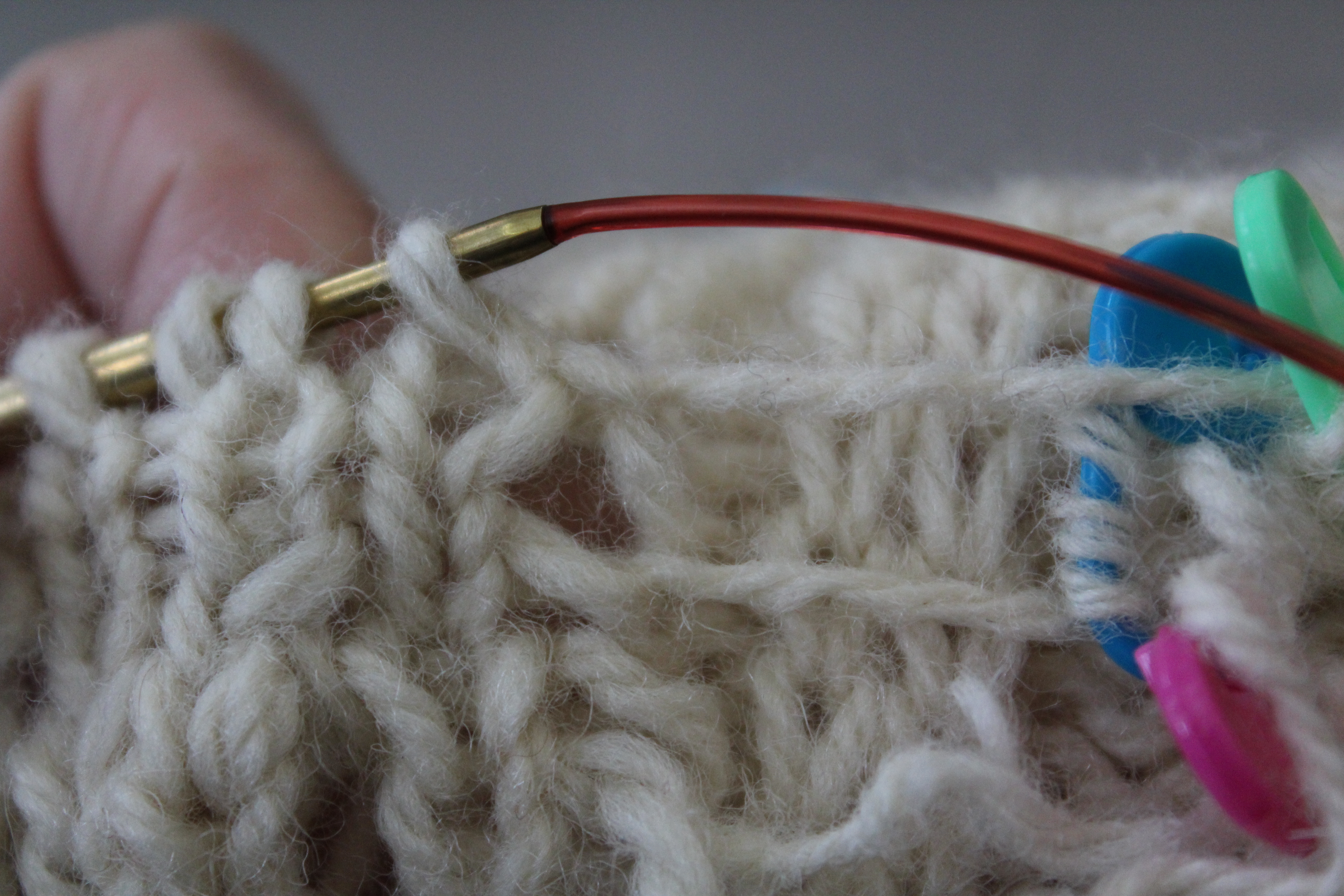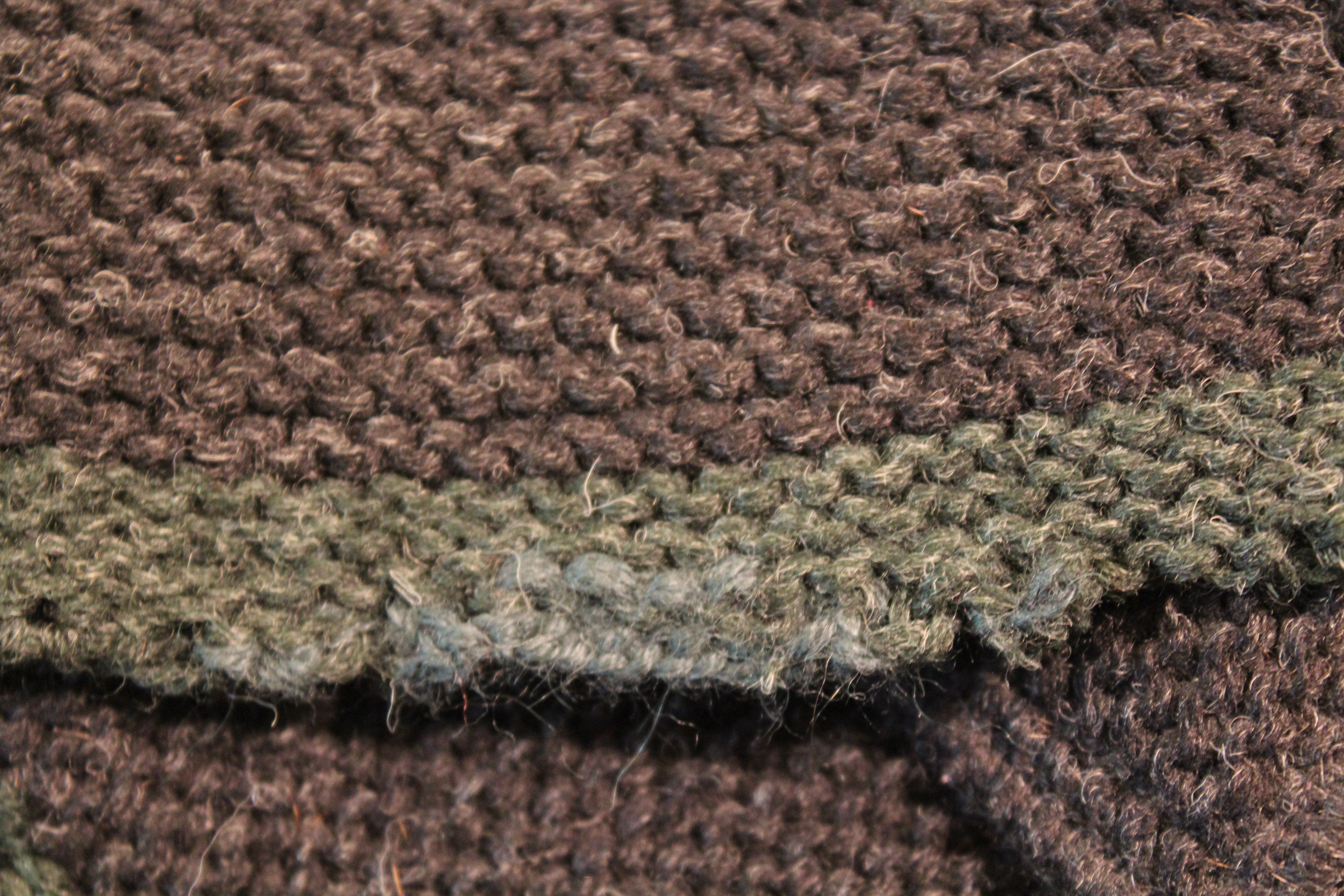This Christmas and New Years was spent at Michael’s family property, called “The Farm.” It’s a property about 45 minutes out of Charlottesville, VA, in the middle of practically nowhere. We were going to be there for ten days, so I knew I needed to pack strategically. You see, when at the Farm, there is no internet access, and no cell service. Reading material is limited to whatever someone else has left there. It’s a lovely place to spend holidays, because while there, it’s necessary to unplug and relax. The drawback? There isn’t really much to do, besides split wood and eat fruitcake. I knew I needed to strategize.
I needed to pack in a serious way – foresight and planning was needed. The last thing I wanted to do was finish working on a project and have nothing to start. The farm’s also rather drafty, so in addition to works in progress, I also needed some serious socks, hats and blankets. I packed nearly all of my hand-knitted socks, two of my favorite hats, a lap afghan (which also needed repairing) and a suitcase full of yarn. I also packed about a half-dozen knitting and crochet books and a couple of magazines, in case my hands got tired. Then, as a precaution, I also went on Webs and ordered some yarn I’d been meaning to pick up, to arrive at the farm. Just in case, by some mysterious event, I managed to finish everything else I had to work on.
This was a great plan. Over the next few days, I’m planning to share how my packing played out. So for the first story, the importance of staying warm while jeep cruising:
There are certain rituals that are observed at the farm. In the evening, one must pile into the antique jeep and take a tour of the property, surveying the field, stream and woods that make up the acreage. Even Michael’s 94 year old grandmother (with 2 hip replacements) manages to partake of the jeep ride.
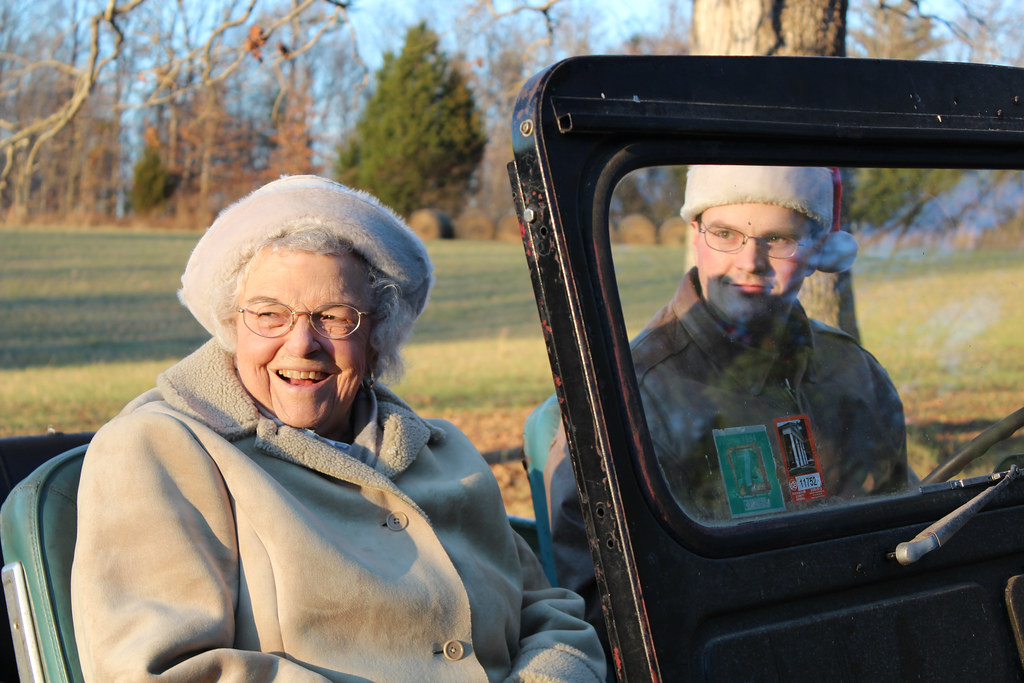 |
| Michael and his grandmother, known as Oma. |
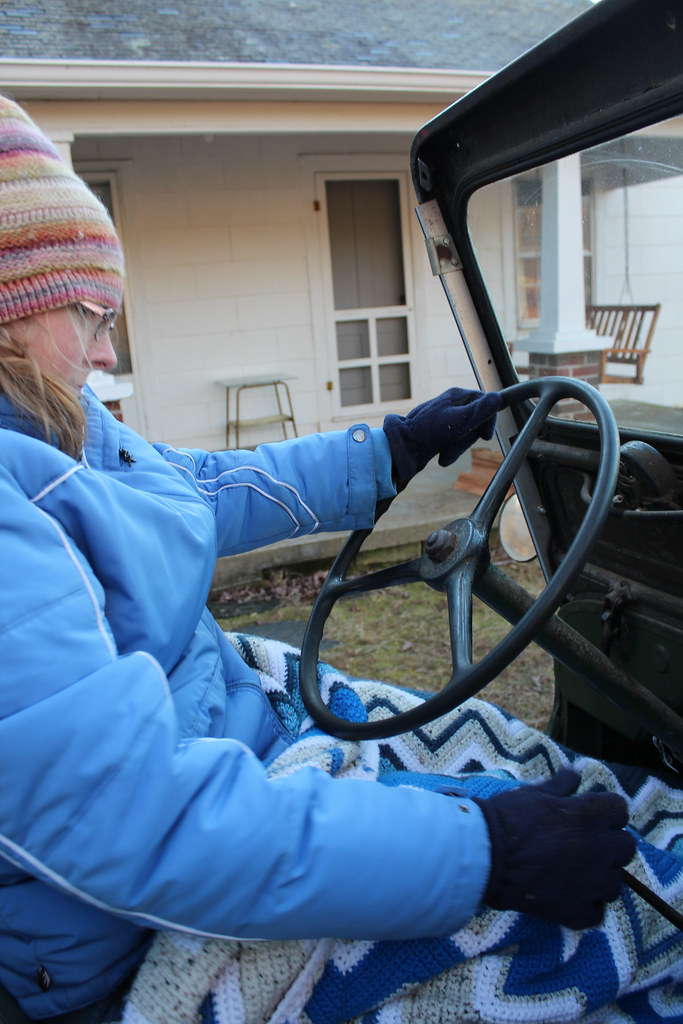 |
| The jeep needs force and concentration, when you are getting her started. |

